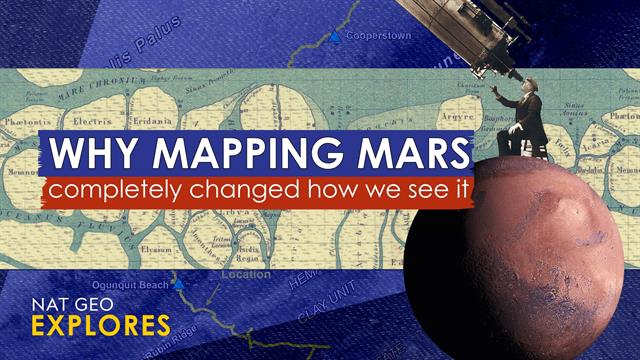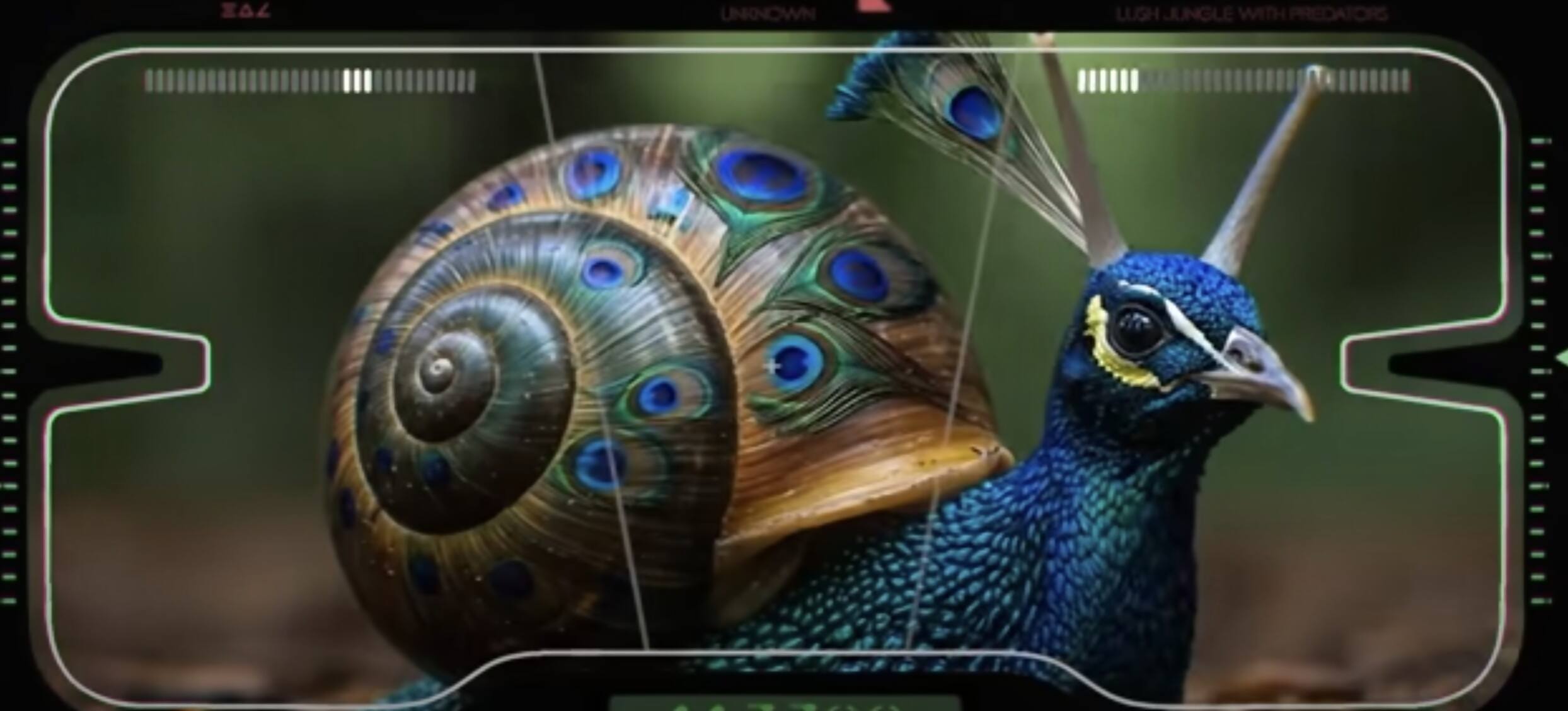Martian Maps And The Scientists Who Defined The Red Planet

Welcome to your ultimate source for breaking news, trending updates, and in-depth stories from around the world. Whether it's politics, technology, entertainment, sports, or lifestyle, we bring you real-time updates that keep you informed and ahead of the curve.
Our team works tirelessly to ensure you never miss a moment. From the latest developments in global events to the most talked-about topics on social media, our news platform is designed to deliver accurate and timely information, all in one place.
Stay in the know and join thousands of readers who trust us for reliable, up-to-date content. Explore our expertly curated articles and dive deeper into the stories that matter to you. Visit NewsOneSMADCSTDO now and be part of the conversation. Don't miss out on the headlines that shape our world!
Table of Contents
Martian Maps and the Scientists Who Defined the Red Planet
For centuries, Mars has captivated our imaginations, a fiery red jewel in the night sky fueling countless myths and inspiring generations of scientists. But beyond the mythology lies a complex and fascinating world, one painstakingly mapped and understood thanks to the tireless work of countless researchers. From early telescopic observations to sophisticated robotic missions, the story of unraveling Mars' secrets is a testament to human ingenuity and perseverance. This article explores the evolution of Martian cartography and the key scientists who shaped our understanding of the Red Planet.
Early Days: Telescopic Glimpses and the Birth of Martian Cartography
The earliest attempts to map Mars relied solely on telescopic observations. Giovanni Schiaparelli, a 19th-century Italian astronomer, made significant contributions, producing detailed maps that included intriguing features he termed "canali," a word later mistranslated as "canals," sparking speculation about artificial waterways and Martian civilizations. While Schiaparelli’s interpretations were ultimately proven incorrect, his meticulous observations laid the groundwork for future Martian mapping efforts. His work, though debated, represents a crucial step in the history of Martian cartography and fueled public interest in the planet.
The Space Race and the Dawn of Robotic Exploration:
The space race of the mid-20th century ignited a new era in planetary exploration. The Mariner and Viking missions provided the first close-up views of Mars, revolutionizing our understanding of its surface. Scientists like Carl Sagan played a pivotal role in analyzing the data transmitted by these missions, contributing significantly to our understanding of Martian geology and atmosphere. The Mariner 9 orbiter, in particular, produced the first global map of Mars, revealing a diverse landscape of canyons, volcanoes, and polar ice caps. This marked a turning point – moving from speculative maps based on Earth-based observations to scientifically accurate representations based on actual data.
High-Resolution Imaging and Modern Martian Cartography:
Modern Martian mapping benefits from high-resolution imagery captured by orbiters like Mars Global Surveyor, Mars Reconnaissance Orbiter (MRO), and the Mars Odyssey. These missions have produced incredibly detailed maps, revealing features as small as a few meters across. Scientists use sophisticated techniques, including stereo imaging and laser altimetry, to create three-dimensional topographic maps, providing invaluable insights into Martian geology and the planet's evolution. The MRO's HiRISE camera, for instance, has delivered stunning images that have fundamentally altered our perception of the Martian landscape, revealing ancient riverbeds, massive canyons, and potential evidence of past water activity.
Key Scientists Who Shaped Our Understanding:
Many scientists have dedicated their careers to understanding Mars. Beyond those already mentioned, other notable figures include:
- Michael Malin: Principal Investigator for the Mars Orbiter Camera (MOC) on Mars Global Surveyor, responsible for capturing groundbreaking images of the Martian surface.
- Alfred McEwen: Principal Investigator for the High Resolution Imaging Science Experiment (HiRISE) on the Mars Reconnaissance Orbiter.
- Maria Zuber: A leading expert in planetary geophysics, whose research has significantly advanced our understanding of Mars' internal structure.
The Future of Martian Mapping:
Future missions, including sample-return missions and potential human exploration, will further refine our Martian maps and deepen our understanding of this intriguing planet. Advanced technologies, such as advanced radar systems and sophisticated spectroscopic techniques, promise to unlock even more secrets about Mars' subsurface and its potential for past or present life. The ongoing quest to map and understand Mars is not just a scientific endeavor; it's a testament to humanity’s enduring curiosity and our relentless pursuit of knowledge about our place in the cosmos. The detailed maps created by these scientists are not just geographical representations; they are keys to understanding the evolution of our solar system and the potential for life beyond Earth.

Thank you for visiting our website, your trusted source for the latest updates and in-depth coverage on Martian Maps And The Scientists Who Defined The Red Planet. We're committed to keeping you informed with timely and accurate information to meet your curiosity and needs.
If you have any questions, suggestions, or feedback, we'd love to hear from you. Your insights are valuable to us and help us improve to serve you better. Feel free to reach out through our contact page.
Don't forget to bookmark our website and check back regularly for the latest headlines and trending topics. See you next time, and thank you for being part of our growing community!
Featured Posts
-
 Four Essential Things To Know About Apple Car Play Ultras Aston Martin Debut
May 16, 2025
Four Essential Things To Know About Apple Car Play Ultras Aston Martin Debut
May 16, 2025 -
 Planning Your Victoria Day 2025 In Toronto Fireworks And Holiday Information
May 16, 2025
Planning Your Victoria Day 2025 In Toronto Fireworks And Holiday Information
May 16, 2025 -
 Treasurers Controversial Fire Levy Hike A Desperate Cash Grab Before The Budget
May 16, 2025
Treasurers Controversial Fire Levy Hike A Desperate Cash Grab Before The Budget
May 16, 2025 -
 Life Changing Attack Salman Rushdies Attacker Hadi Matar Jailed
May 16, 2025
Life Changing Attack Salman Rushdies Attacker Hadi Matar Jailed
May 16, 2025 -
 Industrial Light And Magic Uses Ai To Create A New Star Wars Short
May 16, 2025
Industrial Light And Magic Uses Ai To Create A New Star Wars Short
May 16, 2025
